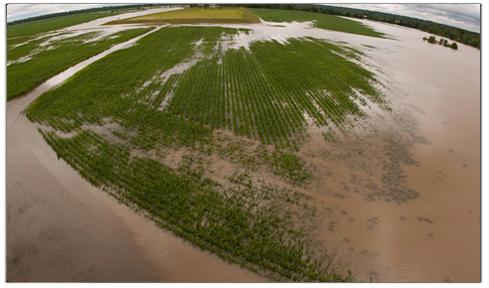My challenge to public sector CIOs: Don't see open data as yet another checkbox, reporting, or compliance task. Use data to improve lives.


NASA's Next Spacesuit: Mars Fashion
NASA's Next Spacesuit: Mars Fashion (Click image for larger view and slideshow.)
With the DATA Act now signed into law by the President, open data is once again in the spotlight. As usual, authorities tout the benefits of improved transparency, accountability, and innovation as the rationale for increased data transparency. But government CIOs are also in a unique position to provide additional benefits from open data, as government data analysis reveals countless opportunities to improve quality of life.
These opportunities often are overlooked because -- unless you are the CIO of an agency with oversight responsibilities, such as the Government Accountability Office or OMB -- you are typically considered a "data producer" rather than a "data consumer." In fact, most stories immediately presume that innovation stemming from open data will originate in the private sector. Of course the private sector will innovate, but let's face it: The private sector is in the business to make money. The largest opportunity for innovation that will help citizens will come from government-sector CIOs who recognize the value of open data.
[Good things happen when governments work together. Read Open Government Data Gains Global Momentum.]
A prime example comes from the State of Michigan's Department of Human Services (DHS). Sadly, there are parents who opt to neglect their financial obligations to their children. Such individuals take steps to hide from the authorities, oftentimes using false contact information. In order to help get child support payments into the hands of the single parents in need, DHS asked a simple question: "How can we find these people?" The answer was in open data.
The data immediately available to the agency was not enough, so DHS looked to other sources in the state. Starting with the Secretary of State, DHS secured access to state drivers' license data. Gaining access to the contact information of the millions of people who are licensed to drive had a huge impact, but DHS found even more valuable information at the Department of Natural Resources (DNR). It turns out people don't think to falsify information when applying for hunting or fishing licenses. By integrating that information with its existing data, the agency could finally take action to help those in need. From my perspective, this is true innovation.
But the story gets better, because it's part of a much larger initiative in the state: Michigan's Enterprise Data Warehouse, whereby 11 separate state agencies have come together to share their data for the betterment of all. Not only are the agencies better able to innovate and ask harder questions to serve citizens, but the state is doing this while saving $1 million a day. With better access to more data, decision-makers in the state have been able to provide more services to people, using far less staff. Who gets the credit for this innovation? The state CIO.
Here's another example. The Risk Management Agency (RMA) of the US Department of Agriculture was looking for ways to mitigate crop insurance fraud. The RMA knew it needed additional data beyond what was available through submitted claims to be in a position to make better decisions. Where did it turn? It sought data and imagery from NASA, the US Geological Survey, and the National Oceanic and Atmospheric Administration, to name a few. In fact, its integration of more than 170 outside data sources with claims data has given RMA the ability to identify patterns of claim fraud and avoid an estimated $2.5 billion in costs.
There's more. Saving money is a good, but best serving the public while still saving money is better. Consider this: Sometimes claims seem fraudulent on the surface, especially in light of limited data. But being a farmer whose legitimate claim is denied could be devastating. The good news: The ability to access more data has enabled the RMA to better recognize such occurrences and get payments out to those who have legitimate claims.
These are but a few examples of how data from outside your organization can be consumed to improve the services you offer. I predict as more government data is published as open data, the opportunity for innovation within the public sector will grow as well. My challenge to public sector CIOs: Don't see open data as yet another checkbox, reporting, or compliance task. Instead, take the next step to become a truly data-driven government by using the data being shared by your peers.
NIST's cyber security framework gives critical-infrastructure operators a new tool to assess readiness. But will operators put this voluntary framework to work? Read the Protecting Critical Infrastructure issue of InformationWeek Government today.
About the Author(s)
You May Also Like







